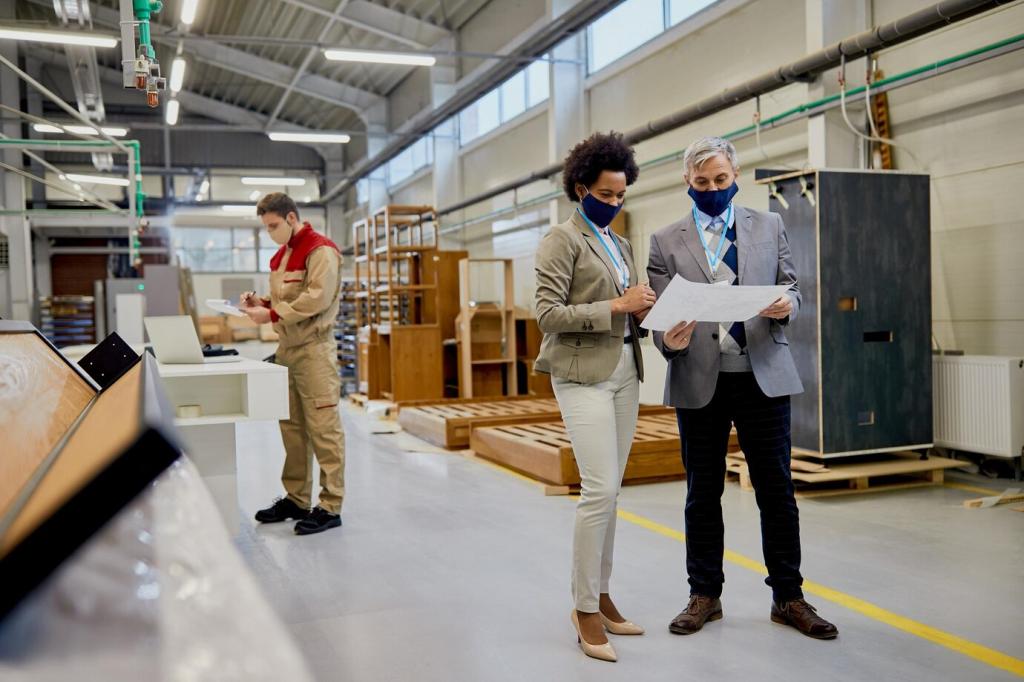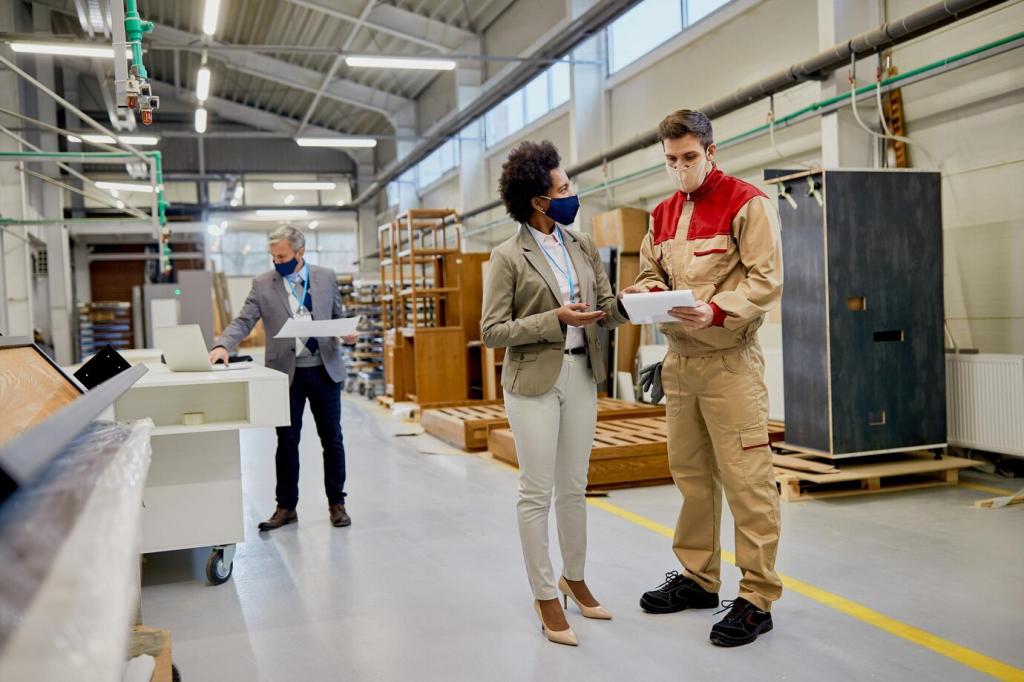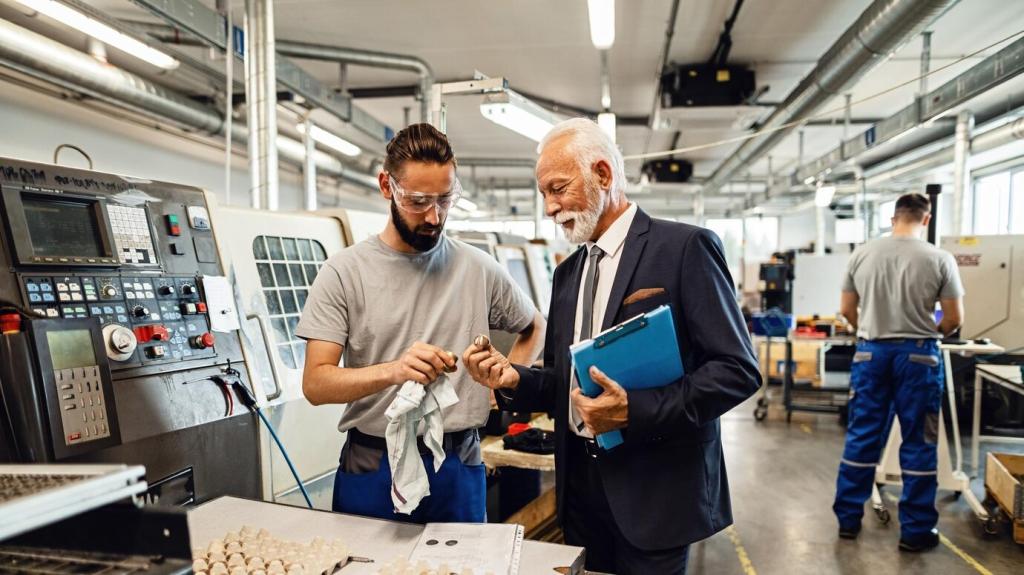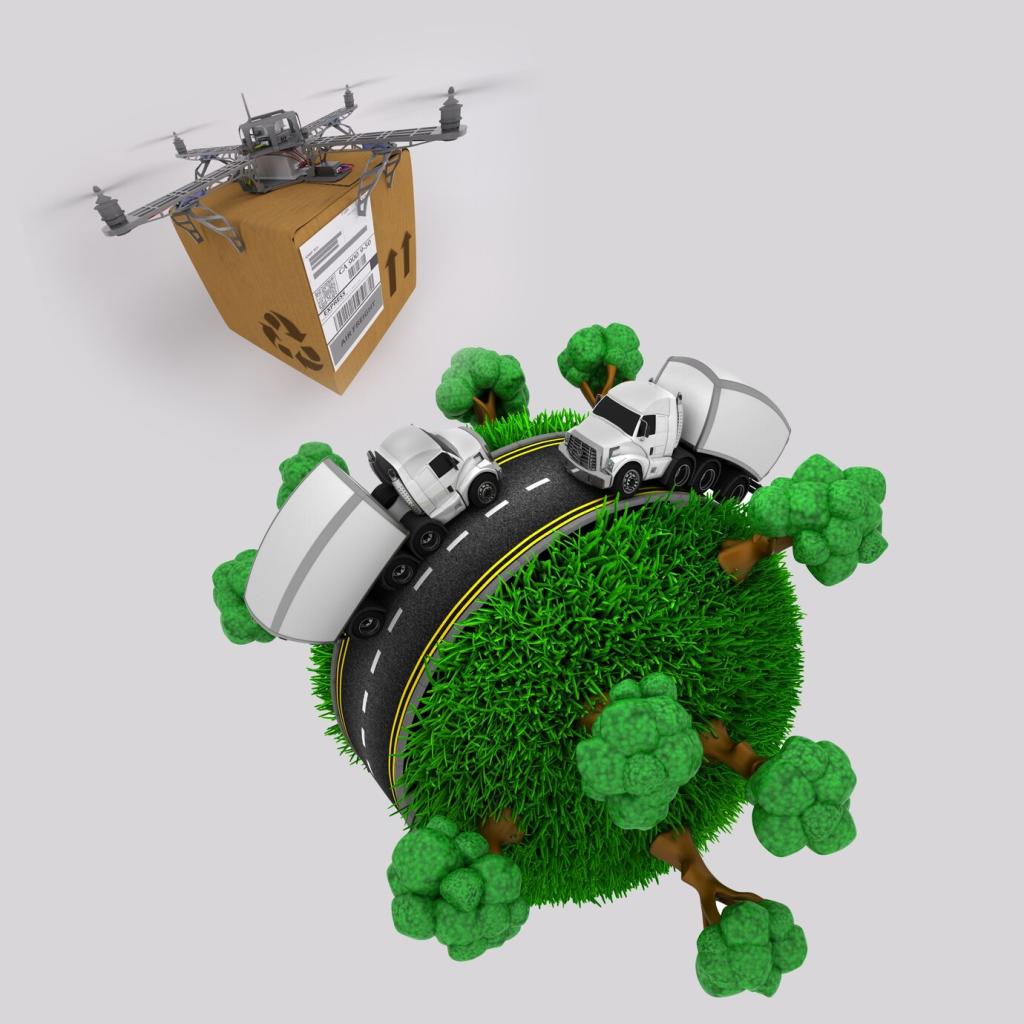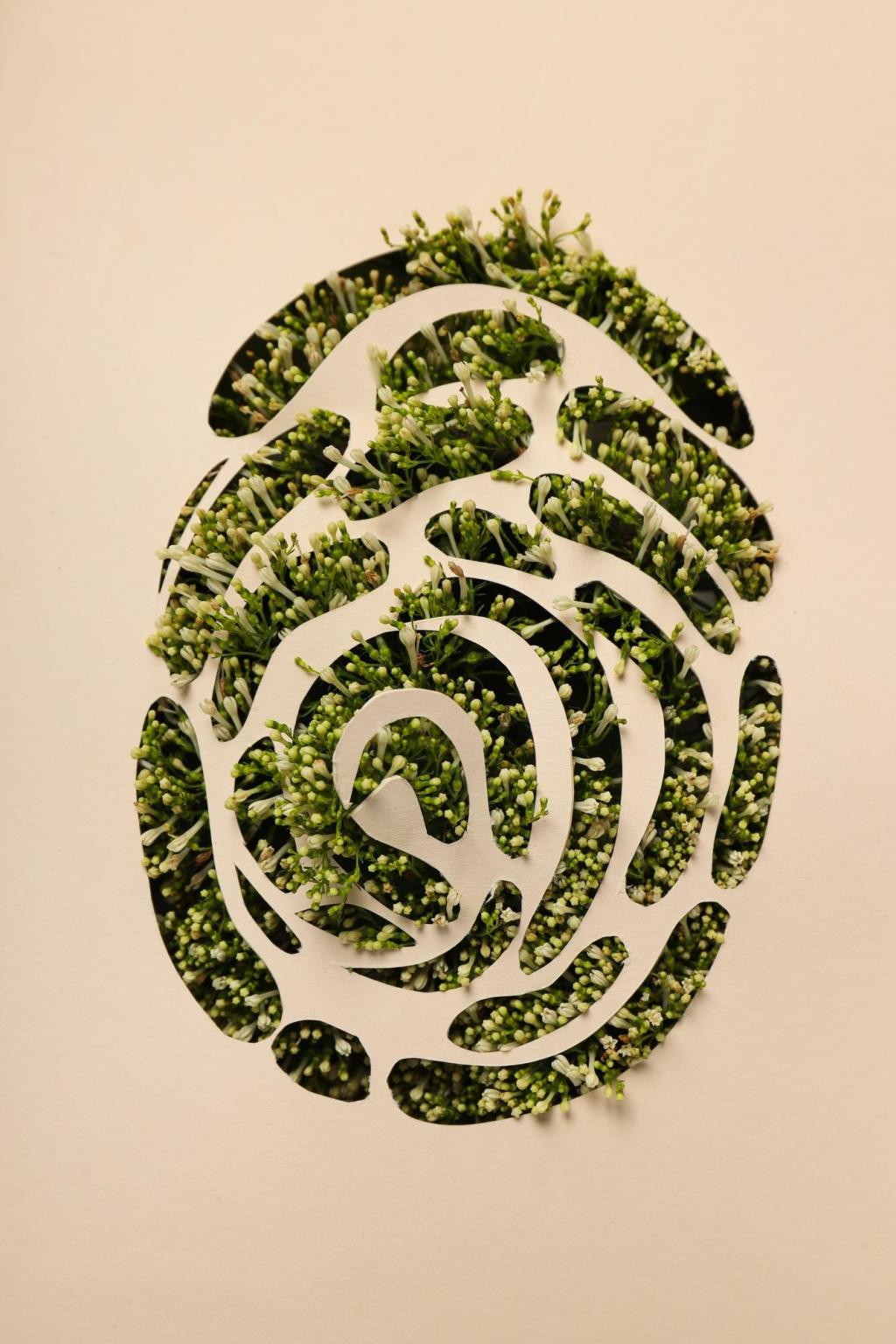Finishes and Adhesives: Clean Chemistry for Clean Air
Waterborne systems slash VOCs and dry faster, reducing bottlenecks and exposure for craftspeople. UV-cured coatings harden on demand, boosting abrasion resistance with fewer solvents. One shop reported a seventy percent emission drop and fewer headaches within weeks. Want our practical checklist for a cleaner finishing setup? Subscribe today.
Finishes and Adhesives: Clean Chemistry for Clean Air
Look for NAUF or ultra-low formaldehyde plywood, and consider soy-based or casein adhesives for strong, safer bonds. Modern formulations rival traditional resins without the off-gassing. Label joints for easy repair and disassembly later. Curious about adhesive specs and test methods? Ask below and we will unpack the details.


